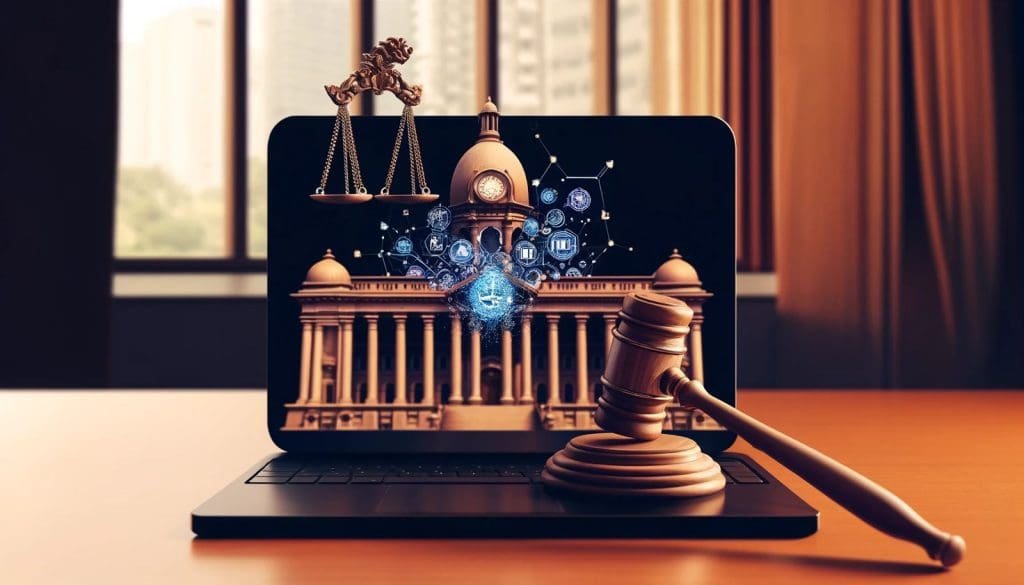
The Bombay High Court issued a significant ruling that provided crucial clarity on the application of the Information Technology (IT) Act alongside the Indian Penal Code (IPC) in cases involving digital offenses. This judgment is a milestone in the legal landscape, ensuring that the laws governing cybercrimes and traditional crimes are interpreted to complement each other, rather than existing in isolation.
Case Overview
The case at the center of this ruling involved allegations of online fraud, where both the IT Act and the IPC were relevant. The defense argued that the offense, being digital in nature, should be exclusively addressed under the IT Act. Meanwhile, the prosecution maintained that the criminal acts also fell under traditional crimes covered by the IPC, necessitating the application of both statutes.
Court’s Judgment
In a comprehensive judgment, the Bombay High Court determined that the IT Act and the IPC can concurrently apply to offenses that have both digital and traditional elements. The court underscored the legislative intent behind both laws, emphasizing that they address different aspects of criminal behavior and should be applied together to ensure justice.
Justice Shloka Narayanan, delivering the judgment, remarked, “The IT Act and the IPC serve distinct but overlapping purposes. While the IT Act addresses the unique challenges of cybercrimes, the IPC covers broader criminal activities. In cases where these domains intersect, both laws should be applied to ensure comprehensive legal coverage.”
Key Implications
- Clarification of Jurisdictional Boundaries:
- This ruling provides clear guidance on handling cases that involve both digital and traditional elements, preventing perpetrators from exploiting legal ambiguities between the IT Act and the IPC.
- Enhanced Legal Framework:
- By permitting the simultaneous application of both statutes, the court ensures that all dimensions of an offense are addressed. This integrated approach strengthens the legal system’s ability to combat complex crimes involving digital components.
- Setting a Precedent:
- The judgment sets a critical precedent for future cases, offering a robust framework for legal practitioners and law enforcement agencies when dealing with offenses that straddle both cyber and traditional crime.
Expert Reactions
The judgment has been broadly praised by legal experts and cybersecurity professionals. Moiz Rafique, a legal analyst, commented, “This ruling is pivotal in harmonizing the IT Act with the IPC. It closes potential loopholes that cybercriminals might exploit and ensures that justice is both comprehensive and effective.”
Anupriya S, a cybersecurity expert, added, “With the rising incidence of cybercrimes, this judgment is both timely and necessary. It fortifies our legal mechanisms against digital threats and ensures that offenders are held accountable under both relevant laws.”
However, some critics have raised concerns about the potential for overlapping penalties and the need for clear procedural guidelines. Human rights advocate Gaurav Goswami noted, “While the ruling is significant, it is crucial to implement procedural safeguards to prevent overlapping penalties and ensure the fair application of the law.”
Conclusion
The Bombay High Court’s ruling on the concurrent application of the IT Act and IPC represents a crucial advancement in India’s legal framework. It offers much-needed clarity on jurisdictional issues, ensuring that offenders are comprehensively prosecuted under applicable laws. This judgment will likely serve as a foundational benchmark for future cases involving cyber and traditional crimes, shaping how the judiciary approaches the evolving landscape of digital offenses.